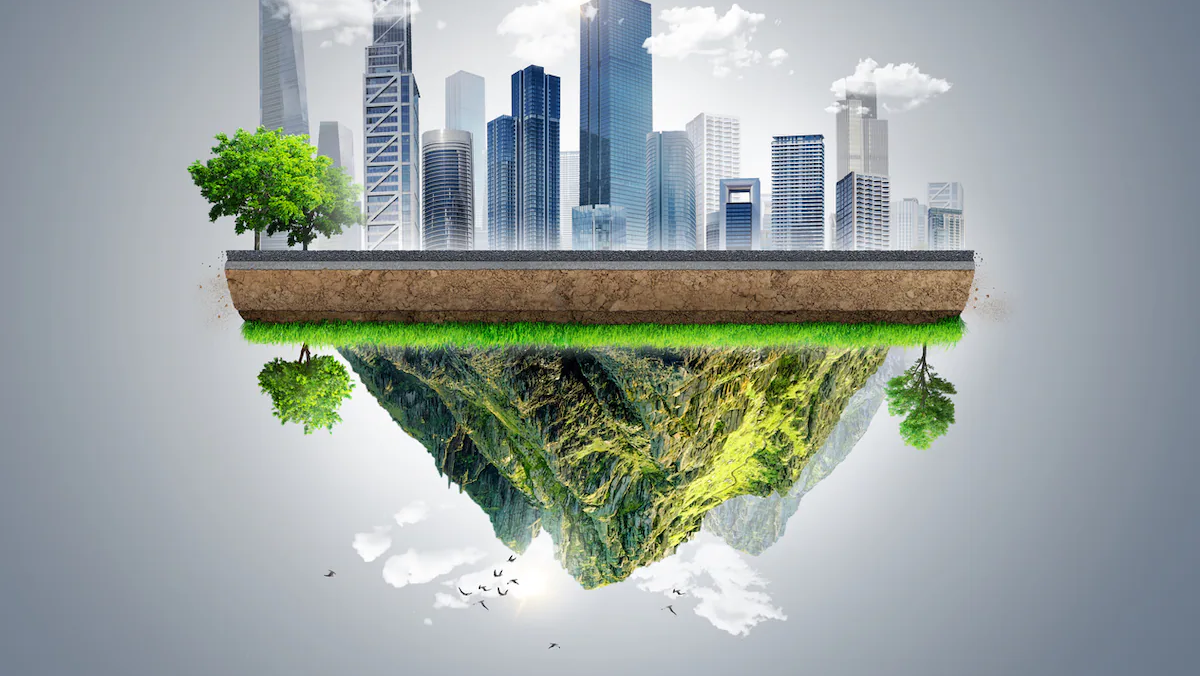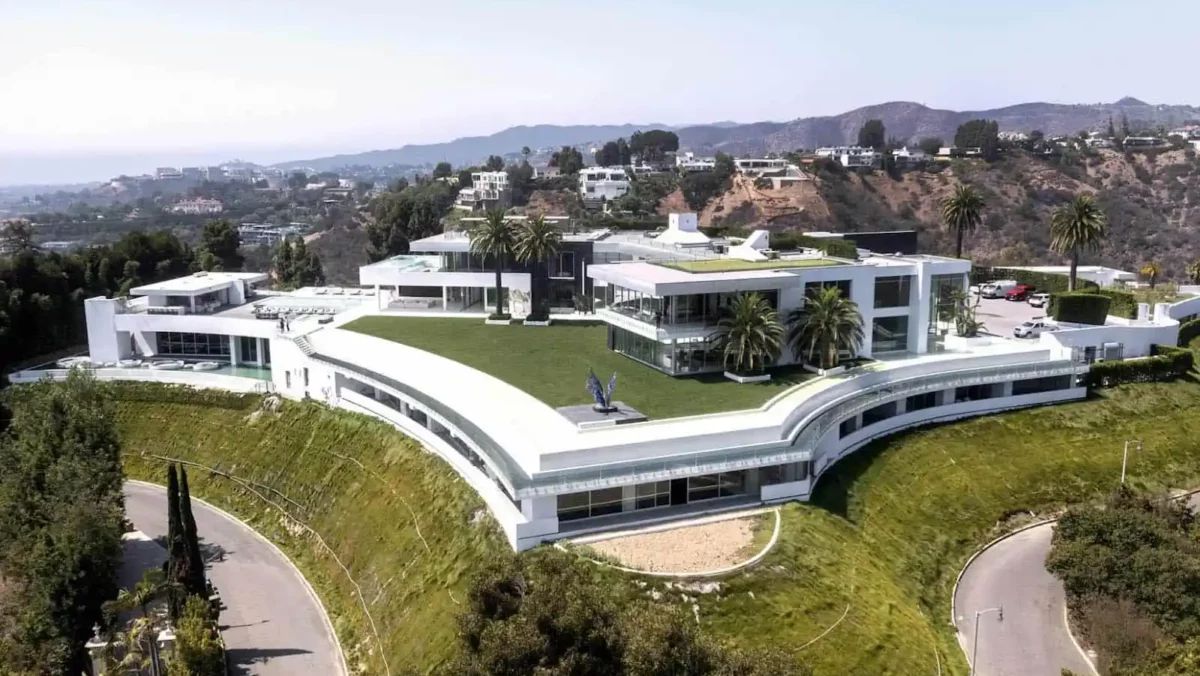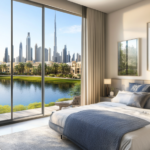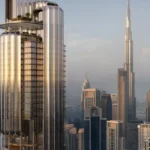Now Reading: Green Buildings 2025: The Amazing Future of Sustainable Cities
-
01
Green Buildings 2025: The Amazing Future of Sustainable Cities
Green Buildings 2025: The Amazing Future of Sustainable Cities
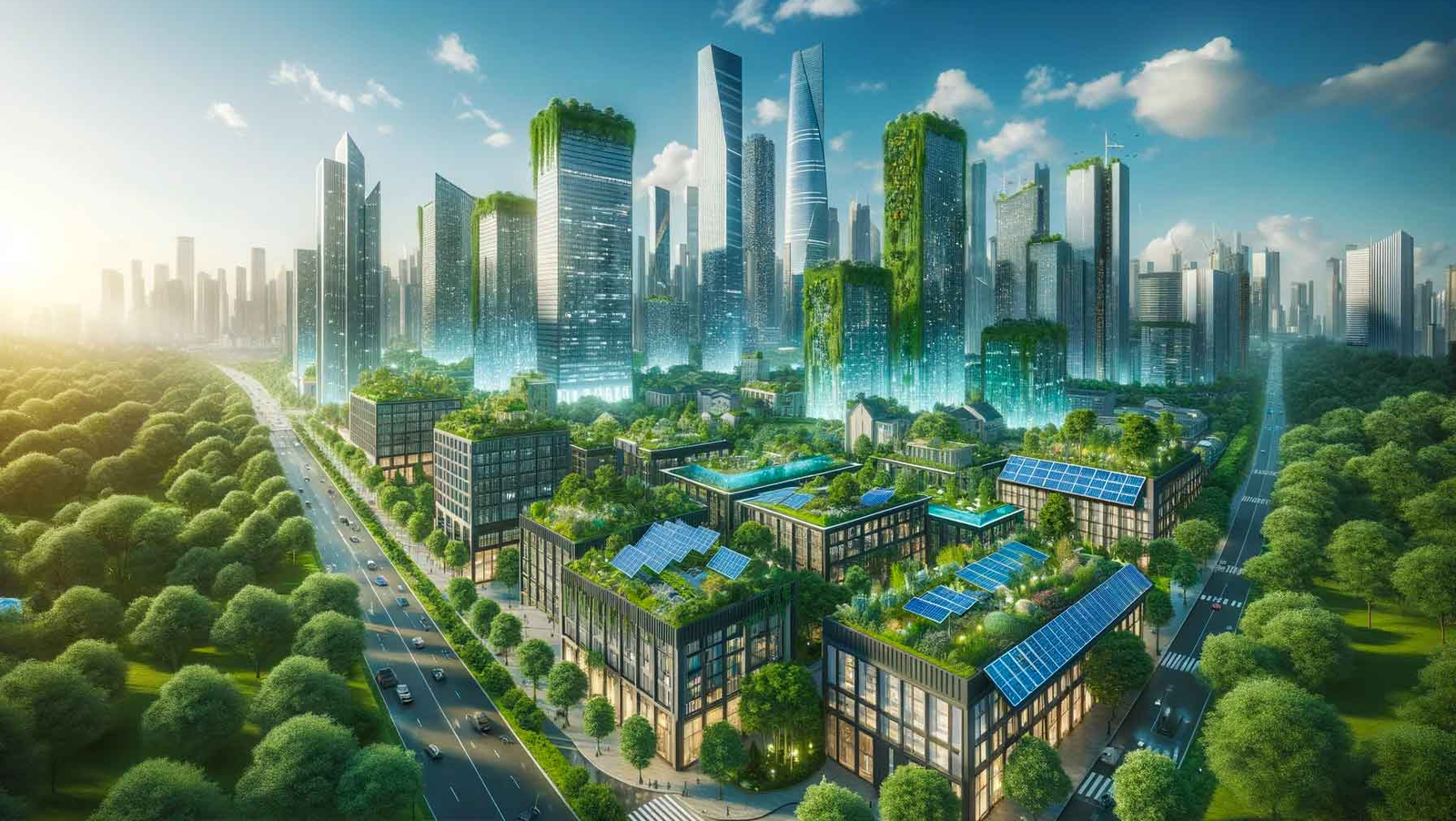
Table of Contents
In today’s world, buildings are not just about walls, glass, and cement. They represent the way we live, work, and interact with our environment. As the global climate crisis grows, architects, engineers, and developers are rethinking how buildings are designed and constructed. The goal is clear: create structures that are not only functional and beautiful but also sustainable, energy-efficient, and environmentally friendly.
This shift has given rise to green building practices and sustainable architecture, which are quickly becoming the future of urban development worldwide. Eco-conscious developments are no longer optional they are becoming essential in meeting climate goals, reducing pollution, and conserving resources for future generations.
What Are Green Building Practices?
Green building practices are methods of designing, constructing, and operating buildings that reduce negative impacts on the environment while improving the health and well-being of people. These practices include:
- Energy efficiency: Using smart systems, renewable energy sources like solar panels, and natural light to reduce electricity consumption.
- Water conservation: Installing rainwater harvesting systems, low-flow taps, and water recycling facilities.
- Sustainable materials: Choosing eco-friendly options such as bamboo, recycled steel, reclaimed wood, or low-emission concrete.
- Waste management: Reducing construction waste by reusing and recycling materials.
- Indoor air quality: Using non-toxic paints, better ventilation, and air-purifying plants.
By applying these methods, green buildings reduce greenhouse gas emissions, cut utility costs, and create healthier spaces for people to live and work.
The Rise of Sustainable Architecture
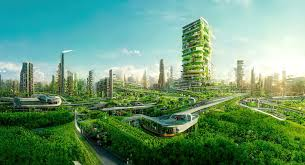
Sustainable architecture goes beyond energy savings it focuses on designing buildings that work in harmony with nature. This involves considering the life cycle of the building, from construction to demolition, and ensuring that the structure leaves the smallest possible carbon footprint.
Some key principles of sustainable architecture include:
- Passive design strategies: Using natural light, ventilation, and heat from the sun to reduce dependency on artificial systems.
- Green roofs and walls: Covering surfaces with plants to absorb carbon dioxide, reduce heat, and improve air quality.
- Smart technology integration: Automating lighting, cooling, and heating to maximize efficiency.
- Local sourcing of materials: Reducing emissions by using resources found near the construction site.
Around the world, cities like Singapore, Copenhagen, and Dubai are leading examples of sustainable architecture in action. From vertical gardens to carbon-neutral towers, these cities are proving that innovation and sustainability can go hand in hand.
Eco-Conscious Developments: The Future of Cities
Urban development is one of the biggest contributors to pollution, with construction and buildings responsible for nearly 40% of global carbon emissions. Eco-conscious developments aim to change this trend by integrating green practices on a larger scale.
Some examples include:
- Smart eco-cities: Entire cities planned with renewable energy, green transport, and sustainable housing.
- Mixed-use developments: Combining residential, commercial, and recreational spaces to reduce travel distances and emissions.
- Community-based sustainability: Encouraging shared spaces, urban farming, and green mobility solutions like cycling and electric public transport.
Eco-conscious developments are not just about technology they also focus on people. By creating healthier, greener spaces, these projects improve quality of life and promote sustainable lifestyles.
Benefits of Going Green
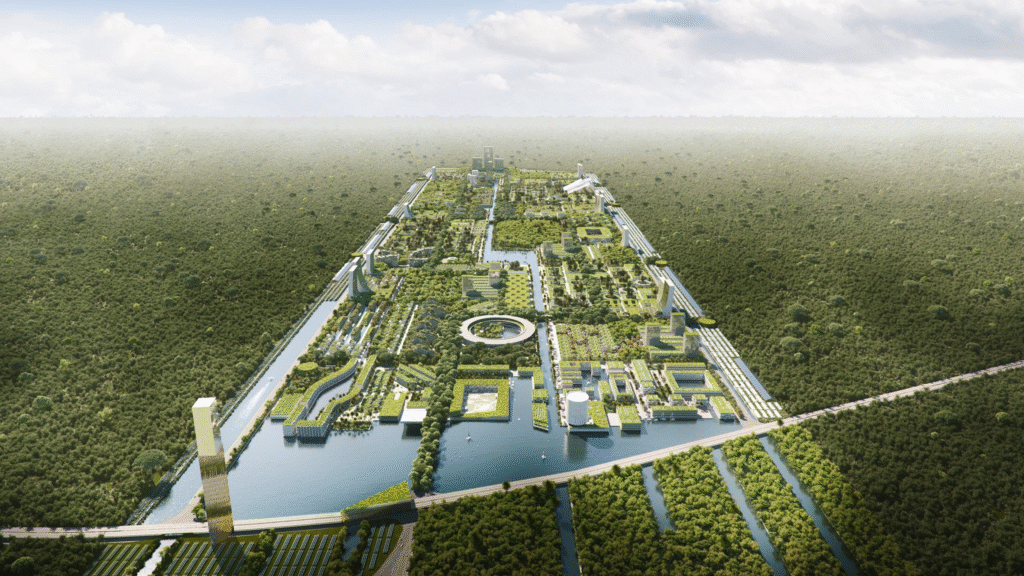
The benefits of green building and sustainable development go beyond the environment. They impact society, the economy, and people’s daily lives.
- Environmental benefits: Reduced pollution, lower energy demand, and better conservation of natural resources.
- Economic benefits: Lower utility costs, higher property values, and increased investment opportunities.
- Health benefits: Cleaner air, better lighting, and safer living conditions that reduce health risks.
- Social benefits: Creation of green jobs, stronger communities, and a better future for coming generations.
Studies show that people living in green buildings experience higher productivity, better mental well-being, and fewer respiratory issues compared to those in conventional buildings.
Challenges in Implementing Green Practices
While the push for sustainable architecture is strong, challenges still exist:
- High upfront costs: Eco-friendly materials and technologies are often more expensive initially.
- Lack of awareness: Many developers and buyers are still unaware of long-term benefits.
- Policy gaps: In some regions, governments have not enforced strict green building regulations.
- Skilled workforce shortage: Designing and constructing green buildings requires specialized knowledge and training.
However, as technology improves and awareness grows, these challenges are slowly being addressed. In many countries, green certifications such as LEED (Leadership in Energy and Environmental Design) and BREEAM (Building Research Establishment Environmental Assessment Method) are helping set global standards.
The Road Ahead
The future of construction is undoubtedly green. As climate change accelerates, eco-conscious development is no longer an option but a necessity. Governments, businesses, and individuals all have a role to play in driving this change.
From skyscrapers covered in greenery to entire communities powered by renewable energy, the world is moving toward a new era of living one where buildings do not just stand tall but also stand responsibly.
The adoption of green building practices and sustainable architecture can shape a cleaner, healthier, and more resilient future. What once seemed like an expensive experiment is now proving to be the most cost-effective and life-enhancing choice for cities and citizens alike.
READ MORE:- Inside the World of Business Acquisitions: Secrets of Corporate Growth 2025



